Aoi Tori (아오이토리)
10.2Km 2017-01-18
8, Wausan-ro 29-gil, Mapo-gu, Seoul
Operated by a Japanese chef, Aoi Tori is a bakery during the day but transforms into a bar in the evening that serves alcoholic beverages and meals. As soon as one takes a step inside, the open kitchen will grab one’s attention while the sweet aroma of freshly baked goods builds up an appetite.
CACAOBOOM (카카오봄)
10.2Km 2021-03-30
6, Wausan-ro 27-gil, Mapo-gu, Seoul
+82-2-3141-4663
It is a store that sells handmade chocolate. This cafe is located in Mapo-gu, Seoul. The most famous menu is chocolate drink.
SU KARA MARKET (수카라)
10.2Km 2021-06-30
157, Wausan-ro, Mapo-gu, Seoul
+82-2-334-5919
It is a store where you can take out various sauces and desserts. This cafe is located in Mapo-gu, Seoul. The most famous menu is dessert.
Colors Optical Store - Hongdae Branch [Tax Refund Shop] (컬러스안경 홍대)
10.2Km 2024-04-23
B2F, 124, Singomae-ro, Giheung-gu, Yongin-si, Gyeonggi-do
-
Donghwa Kim's Hotel (동화킴스관광호텔)
10.2Km 2021-01-19
136, Pyeongchangmunhwa-ro, Jongno-gu, Seoul
+82-2-379-0520
Donghwa Kim's Hotel, located in Jongno-gu, Pyeongchang-dong, was designed to give the impression of a mountain cabin while combining Korean and modern architectural elements, resulting in a structure of notable artistic taste. The four-story hotel has 51 comfortable guestrooms, a banquet hall, a coffee shop, a Western restaurant, and a Korean restaurant. The hotel offers a wide-open view of the neighboring Bugaksan Mountain.
Lens Me - Sangsu Café Street Branch [Tax Refund Shop] (렌즈미상수카페거리점)
10.2Km 2024-04-22
65, Yanghwa-ro 6-gil, Mapo-gu, Seoul
-
Inwangsan Mountain Chosochaekbang (인왕산 더숲 초소책방)
10.2Km 2024-03-06
172 Inwangsan-ro, Jongno-gu, Seoul
Inwangsan Mountain Chosochaekbang is a bakery and book café located along the trail of Inwangsan Mountain, remodeled from an old police station. Surrounded by glass walls within the forest, it blends seamlessly with nature, offering a panoramic view of Namsan Tower through the transparent windows. On the second floor terrace, guests can enjoy the scenic view of Seoul. Freshly baked bread and desserts are available daily, and the venue occasionally hosts book talks and music concerts.
Gogi Changgo (고기창고)
10.2Km 2021-03-30
34-4, Yonsei-ro 7-gil, Seodaemun-gu, Seoul
+82-2-323-9090
A famous meat restaurant, with a history of 20 years in Shinchon. The best menu at this restaurant is grilled pork belly. This BBQ restaurant is located in Seodaemun-gu, Seoul.
Glam Eyewear - Hongdae Branch [Tax Refund Shop] (글램아이웨어 홍대)
10.2Km 2024-04-18
2F, 23, Eoulmadang-ro 5-gil, Mapo-gu, Seoul
-
Olive Young - Sinchon Yeonse-ro Branch [Tax Refund Shop] (올리브영 신촌연세)
10.2Km 2024-04-18
37, Yonsei-ro, Seodaemun-gu, Seoul
-
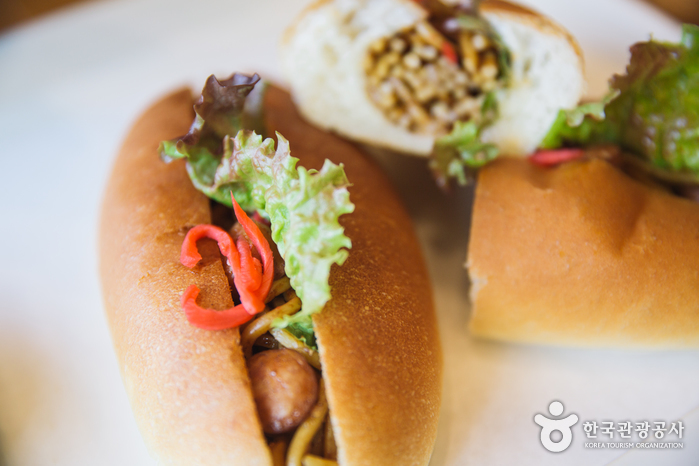
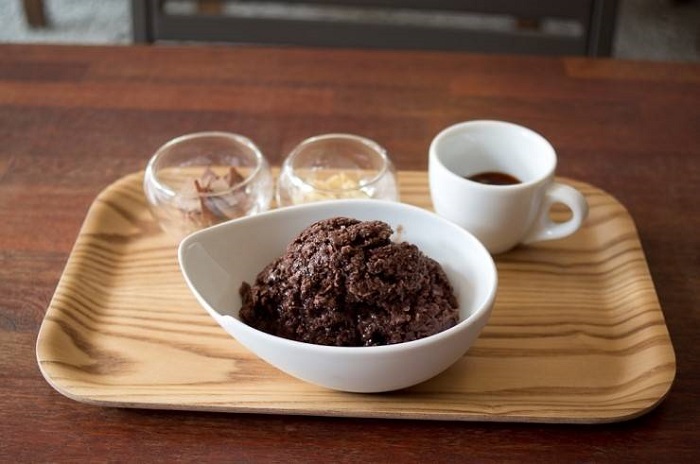
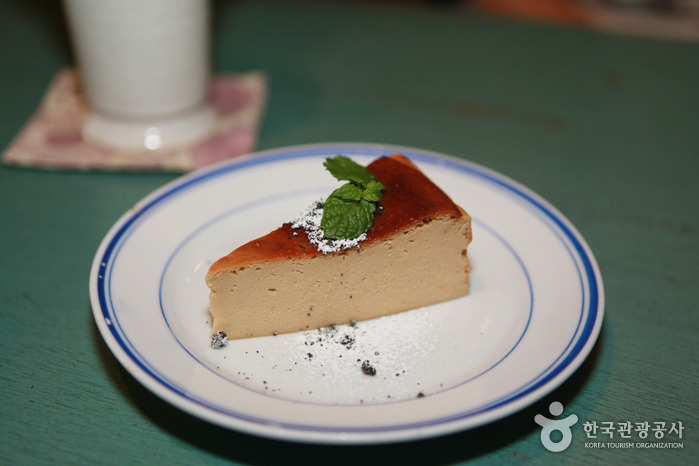
![Colors Optical Store - Hongdae Branch [Tax Refund Shop] (컬러스안경 홍대)](http://tong.visitkorea.or.kr/cms/resource/18/2889618_image2_1.jpg)
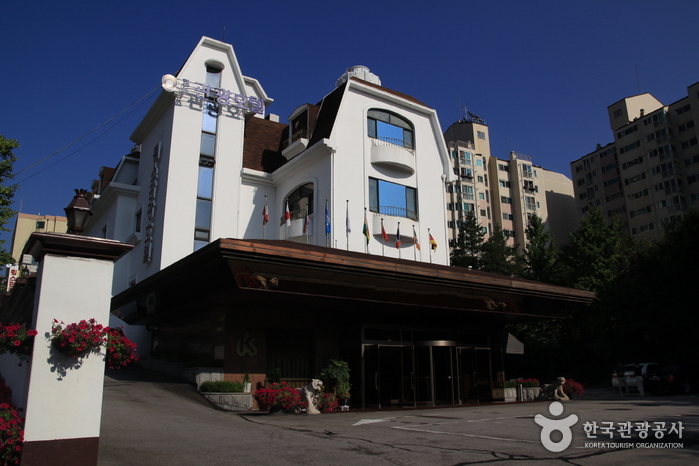
![Lens Me - Sangsu Café Street Branch [Tax Refund Shop] (렌즈미상수카페거리점)](http://tong.visitkorea.or.kr/cms/resource/99/2887799_image2_1.jpg)
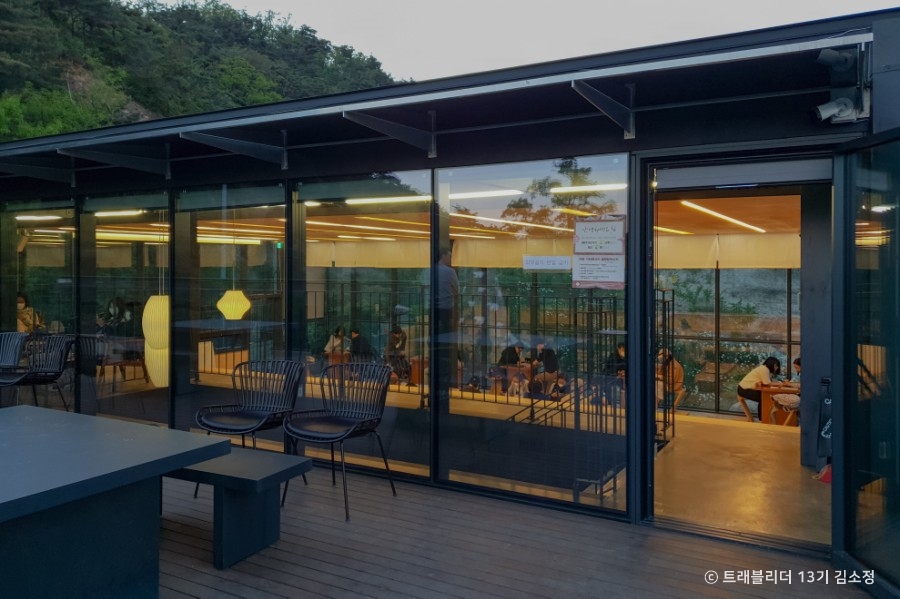

![Glam Eyewear - Hongdae Branch [Tax Refund Shop] (글램아이웨어 홍대)](http://tong.visitkorea.or.kr/cms/resource/21/2888821_image2_1.jpg)
![Olive Young - Sinchon Yeonse-ro Branch [Tax Refund Shop] (올리브영 신촌연세)](http://tong.visitkorea.or.kr/cms/resource/83/2888583_image2_1.jpg)
 English
English
 한국어
한국어 日本語
日本語 中文(简体)
中文(简体) Deutsch
Deutsch Français
Français Español
Español Русский
Русский